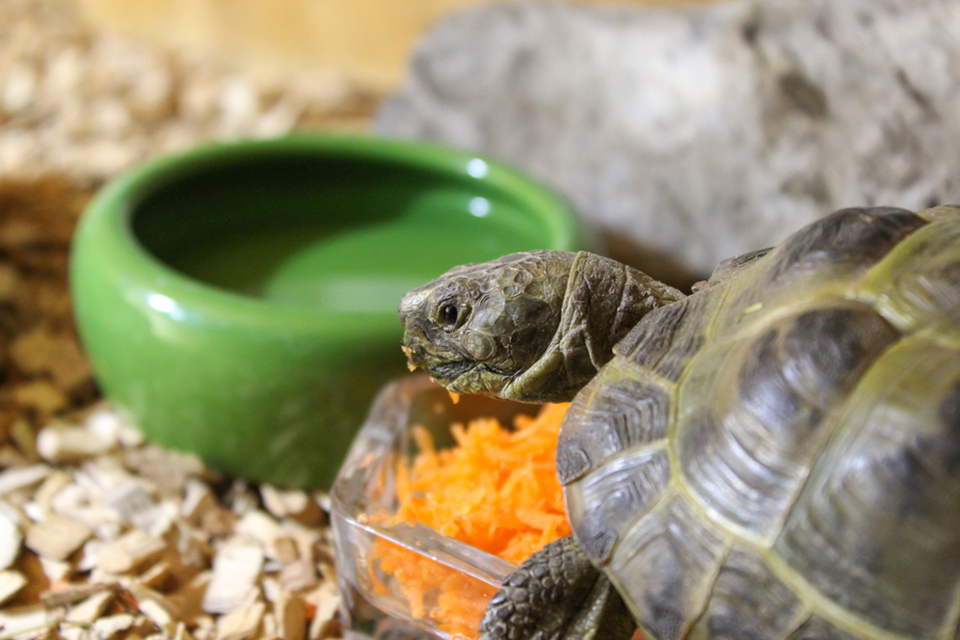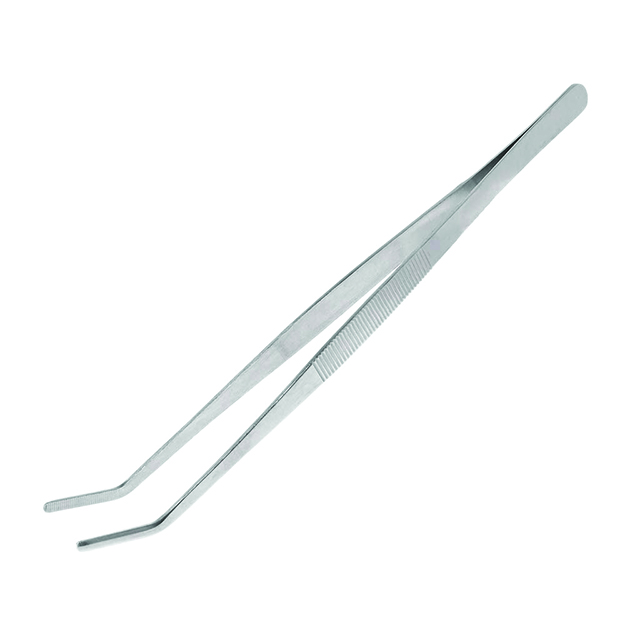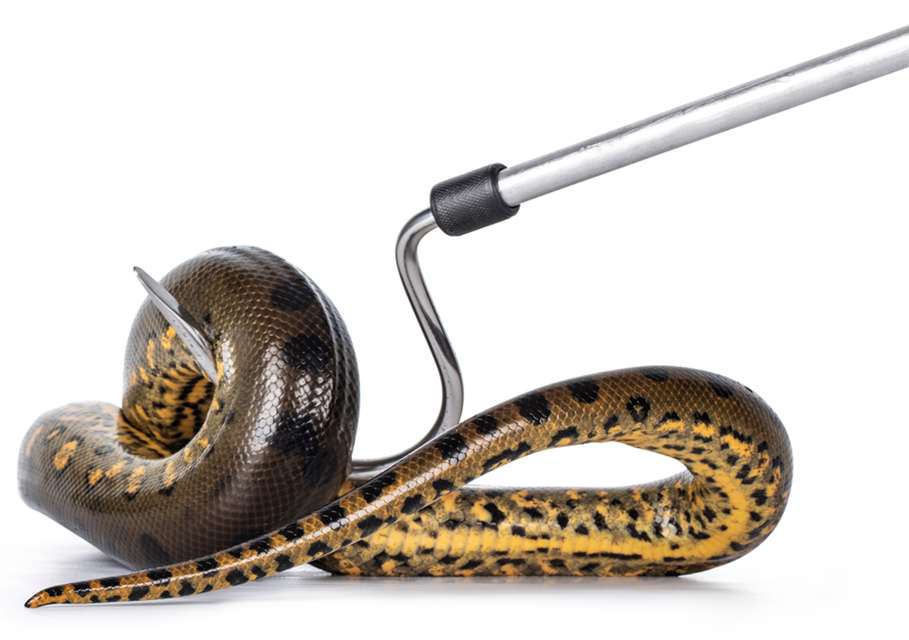
Modern reptile equipment makes taking care of reptiles easier than before, from automated misters to all-in-one UV and basking bulbs. There are many innovations to aid in handling reptiles, caring for them, and replicating their natural habitat.Of these, there are a few essential yet affordable tools will find indispensable, especially as beginners.
BASKING BULBS
These bulbs keep a cold-blooded reptile warm!
Reptiles are cold-blooded, which means that their bodies don’t internally produce heat, unlike endothermic animals, such as mammals. They rely on outside sources, specifically the sun, to keep them warm and healthy. Indoors, it’s not always possible to provide them with natural sunlight, and this is where basking bulbs come in. Bulbs that generate heat are required by the majority of reptiles to promote digestion and keep their organs functioning properly. Remember, however, that while all reptiles need heat, not all of them enjoy basking bulbs. Some have sensitive eyes, such as the crepuscular and nocturnal animals. They may require a different kind of heating tool, such as an under tank heater.

UV BULBS
These bulbs provide the right amount of UVB rays.
Similar to basking bulbs, UV bulbs are meant to replicate the sun. UVB from either the sun or a bulb encourage a natural synthesis of Vitamin D3. This vitamin is used by the reptile to absorb calcium, therefore aiding them in proper bone development and strengthening the immune system.

FOOD DISHES
Dishes help keep food awayfrom substrate.
Food dishes hold an animal’s meal in, and they are used primarily by herbivores, omnivores, and insectivores. They are also used to prevent having the substrate of an enclosure – such as wood chips, soil, or coconut fiber – from mixing with what they eat. When substrate mixes with their food, it can result in impaction, which may lead to a reptile’s death.Impaction can be avoided by using reptile-grade substrate and by keeping them warm and hydrated, but it’s best to keep them away from their food as much as possible.

SPRAY BOTTLES
These bulbs provide the right amount of UVB rays.
Using a spray bottle is a cheap yet effective way to increase humidity within an enclosure. It’s important to keep this on hand, especially when taking care of tropical reptiles and amphibians. Spraying them once in a while with regular water also helps them shed their old skin. This helps lessen the chances of developing stuck shed. Please note, however, that many desert animals tend not to enjoy getting sprayed and may get sick from too much humidity, so research on how much misting is ideal for each reptile.

WATER DISHES
These help provide pockets of waterfrom where they drink.
Water dishes are essential to all reptiles, including geckos, iguanas, snakes, and monitor lizards. Always provide a source of water so that the reptile can both drink from it and swim in it. As a bonus, many reptiles also prefer to defecate in bowls of water, similar to how humans use toilets, so having a filled tub in their enclosure will help make cleaning their space easier.

ENCLOSURE
Enclosures help reptiles live in a safe space with you.
An enclosure is the container or area where an animal would spend most of its time in. Provide essential materials inside the enclosure, such as hides, substrates, and places to climb (if arboreal), to best replicate a reptile’s natural habitat.
Different species of reptiles require different enclosure sizes, so depending on the type of animal you are caring for, the size of enclosure may vary. Please research the required size and shape that is best suited for them as some animals enjoy small, dark hides, while others need more space to move around in.
Always be sure that they have an open area where oxygen can pass through and that the enclosure is secure and has walls that are high enough.

TONGS
Tongs help humans feed reptiles safely.
Tongs are mostly used with insectivorous or carnivorous reptiles and amphibians. They are used to not only pick up insects and mice for them to eat, but also help the hobbyist keep a safe distance when feeding potentially aggressive animals and those who have a strong feeding response.

SNAKE HOOKS
These help humans hold snakes at a distance.
Whether caring for long or short snakes, one should have a hook! This simple tool helps one to comfortably handle different sizes of snakes while also having a safe enough distance to avoid sudden bites or attacks.
Hooks also help snakes get used to being handled by humans.
THICK GLOVES, LONG SLEEVED SHIRTS, AND A PIECEOF CLOTH
These are things one can wear to protect from bites and scratches.
If you prefer to stay on the safe side, you may also opt to wear protective clothing, such as gloves or long sleeved shirts, to avoid scratches and bites.Cloth can also be used to wrap and restrain a reptile without injuring either party if done correctly. It is normally used when treating or transporting restless animals.
SAFETY FIRST!
Each reptile requires a unique set of tools. Thankfully, there are a lot of different ones available to make taking care of them much easier! Do your research and be sure to always provide for their most basic needs: heat, food, and water. Remember to take care of them while also keeping yourself safe.






